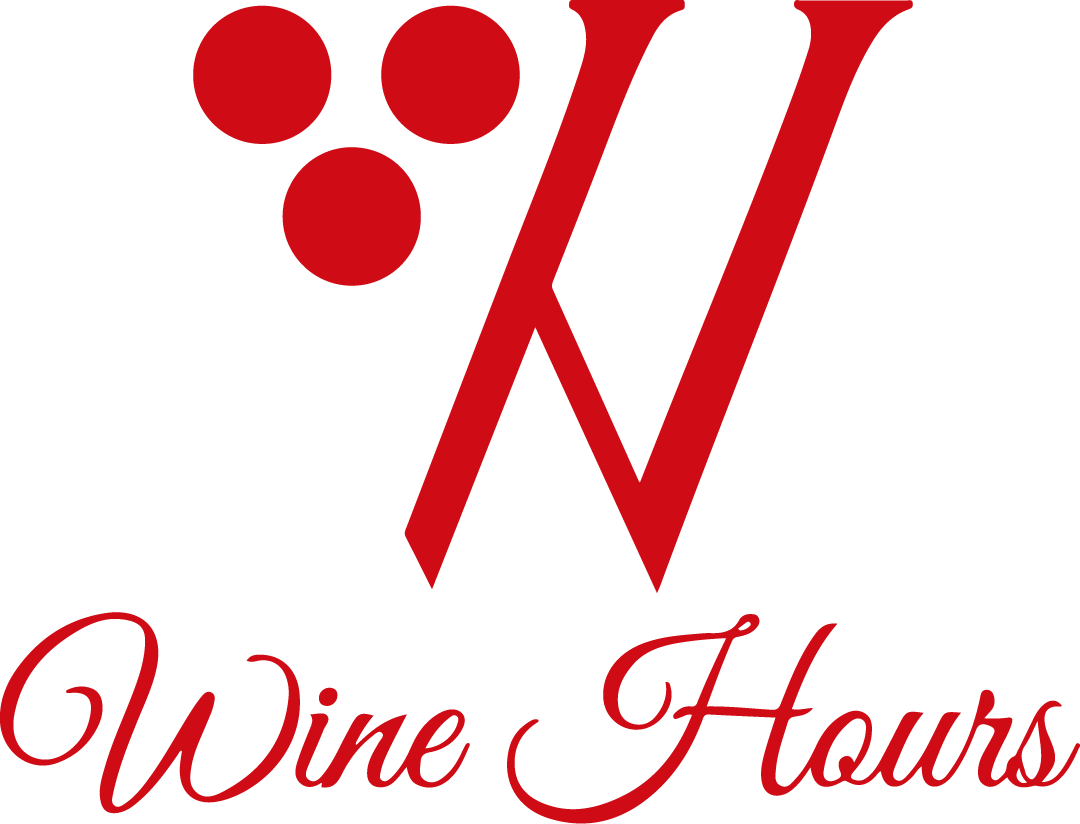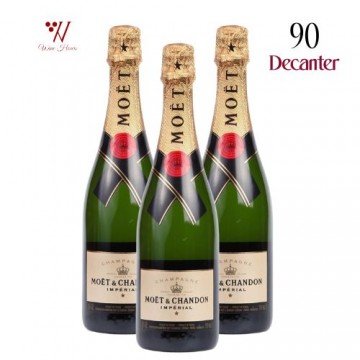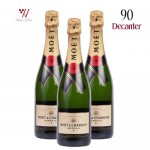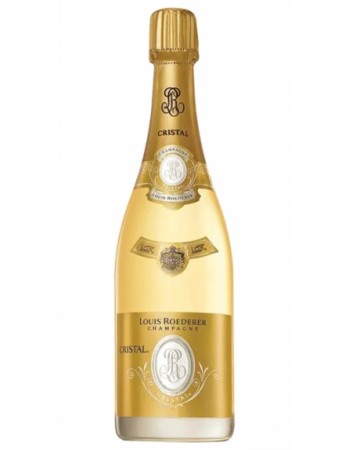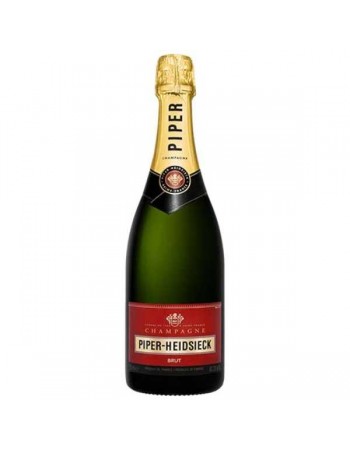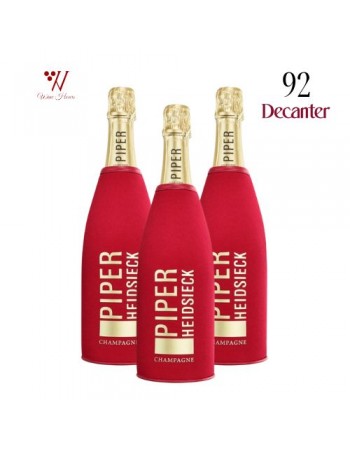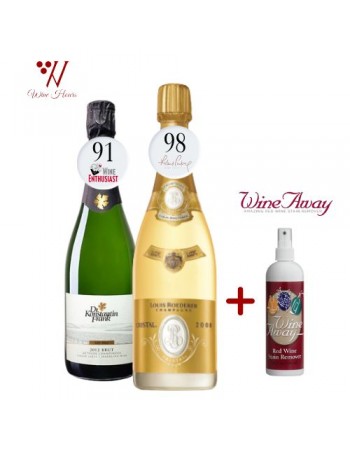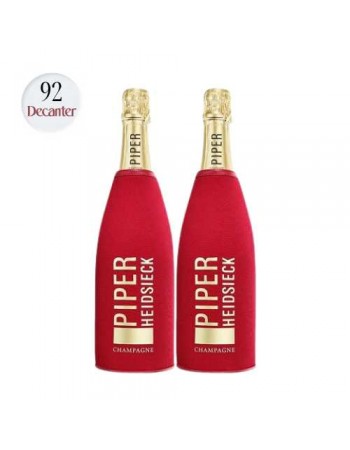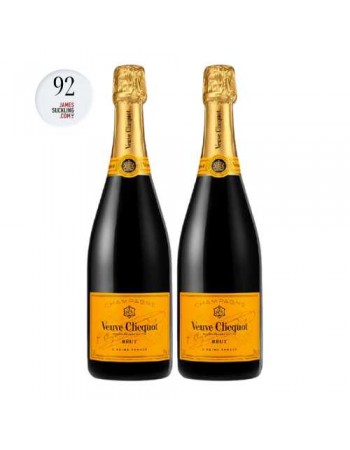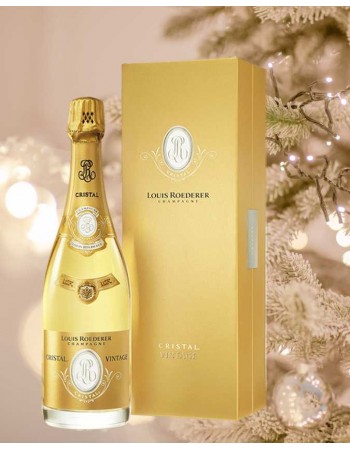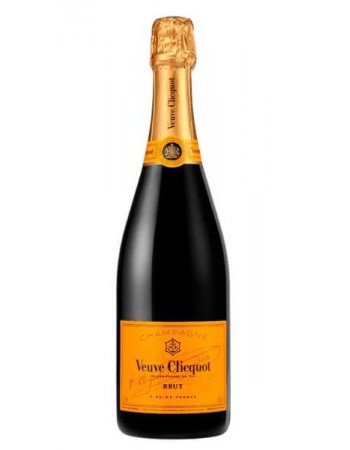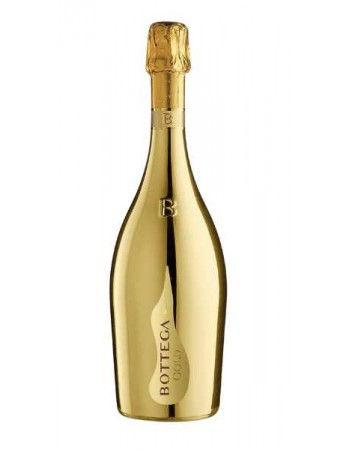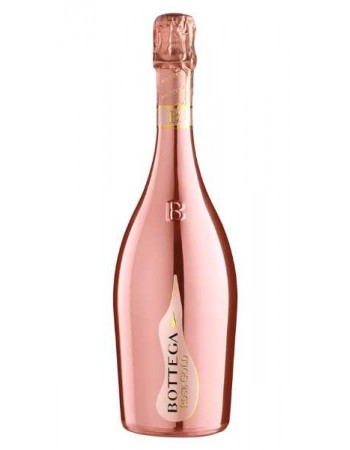Buy 3- Moët & Chandon Impérial Brut Champagne
-
S$23396

Region: Champagne
Country: France
Moët & Chandon, based in the so-called "Champagne capital" of Épernay, is easily the most famous house in the Champagne region. It is one of the largest too, comprising 1150 hectares (2850 acres) of estate vineyards plus more from growers, 28km (17 miles) of cellars and a production capacity of 60 million bottles a year.
The house was founded by Claude Moët in 1743. However, his grandson, Jean-Remy Moët, is credited with having brought Champagne to a wider audience and, by the 19th Century, the house was recognized both domestically and internationally.
In the 1970s and '80s, Moët & Chandon expanded its empire beyond Champagne, partnering first with Cognac house Hennessy and then with fashion giant Louis Vuitton, forming the well-known luxury conglomerate Louis Vuitton Moët Hennessy –often referred to simply as LVMH.
Today, the group owns several other famous wine brands, including Krug and Veuve Clicquot in Champagne, Château Cheval Blanc in Bordeaux, and Cloudy Bay in New Zealand and Cape Mentelle in Western Australia.
Moët's house style is fresh and fruit-forward, and the non-vintage Brut is dominated by Pinot Noir and Pinot Meunier, with a smaller amount of Chardonnay. Grapes are drawn from 800 different parcels from 230 of the villages in Champagne.
This wide range of terroirs to draw from means that blenders have more control over the finished wine, and despite the massive output every year, Moët's wines are remarkably consistent. The majority of processes in the winery are controlled by machine – unsurprising given the scale of production.
Moët & Chandon's range is straightforward, comprising of non vintage brut, rosé and demi sec, as well as vintage brut and rosé offerings. Their prestige cuvée is the iconic Dom Pérignon, although over time this has come to be seen as a separate entity, in much the same spirit as Napa Valley icon Opus One.
The house has expanded far outside of Champagne, and is currently making sparkling wines in California, Argentina, Brazil and Australia under the Chandon label. Most recently, Moët & Chandon has acquired vineyards in India and China, where they are also finding new markets.
Moët & Chandon, based in the so-called "Champagne capital" of Épernay, is easily the most famous house in the Champagne region. It is one of the largest too, comprising 1150 hectares (2850 acres) of estate vineyards plus more from growers, 28km (17 miles) of cellars and a production capacity of 60 million bottles a year.
The house was founded by Claude Moët in 1743. However, his grandson, Jean-Remy Moët, is credited with having brought Champagne to a wider audience and, by the 19th Century, the house was recognized both domestically and internationally.
In the 1970s and '80s, Moët & Chandon expanded its empire beyond Champagne, partnering first with Cognac house Hennessy and then with fashion giant Louis Vuitton, forming the well-known luxury conglomerate Louis Vuitton Moët Hennessy –often referred to simply as LVMH.
Today, the group owns several other famous wine brands, including Krug and Veuve Clicquot in Champagne, Château Cheval Blanc in Bordeaux, and Cloudy Bay in New Zealand and Cape Mentelle in Western Australia.
Moët's house style is fresh and fruit-forward, and the non-vintage Brut is dominated by Pinot Noir and Pinot Meunier, with a smaller amount of Chardonnay. Grapes are drawn from 800 different parcels from 230 of the villages in Champagne.
This wide range of terroirs to draw from means that blenders have more control over the finished wine, and despite the massive output every year, Moët's wines are remarkably consistent. The majority of processes in the winery are controlled by machine – unsurprising given the scale of production.
Moët & Chandon's range is straightforward, comprising of non vintage brut, rosé and demi sec, as well as vintage brut and rosé offerings. Their prestige cuvée is the iconic Dom Pérignon, although over time this has come to be seen as a separate entity, in much the same spirit as Napa Valley icon Opus One.
The house has expanded far outside of Champagne, and is currently making sparkling wines in California, Argentina, Brazil and Australia under the Chandon label. Most recently, Moët & Chandon has acquired vineyards in India and China, where they are also finding new markets.
Winemaker Notes
"The color is an elegant golden straw yellow with amber highlights. Its aromas are radiant, revealing bright yellow-fleshed fruits (apple, pear, yellow peach), honey, floral nuances (lime blossom) and elegant blond notes (brioche and fresh nuts). The palate is seductive, richly flavorful and smooth combining generosity and subtlety, fullness and vigor, followed by a delicately fresh crispiness (fruit with seeds), to reveal the magical balance of Champagne."
Decanter | 90 pts
"Toasty biscuit, plush apricot and a hint of zesty lemon peel, the palate is braced with bright lime and soft spice."
Wine Enthusiast | 90 pts
"The lower dosage of this famous brand has produced good balance between the crisply textured white fruits and the light minerality. The Champagne just hints of some bottle age. It is totally ready to drink."
